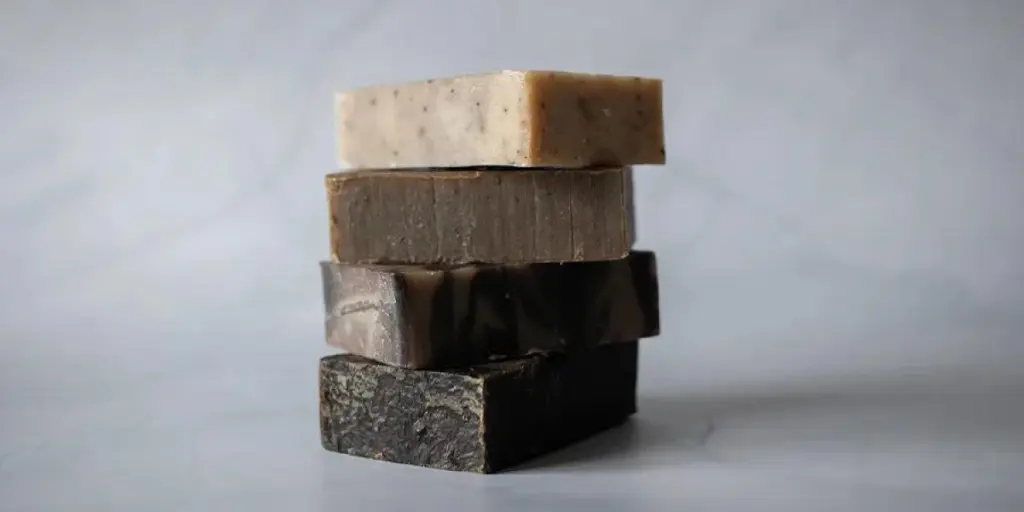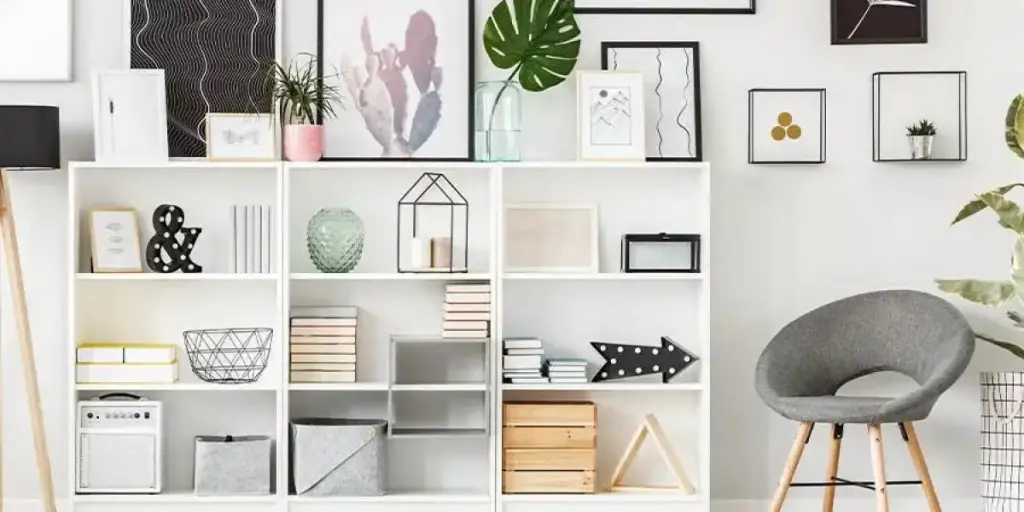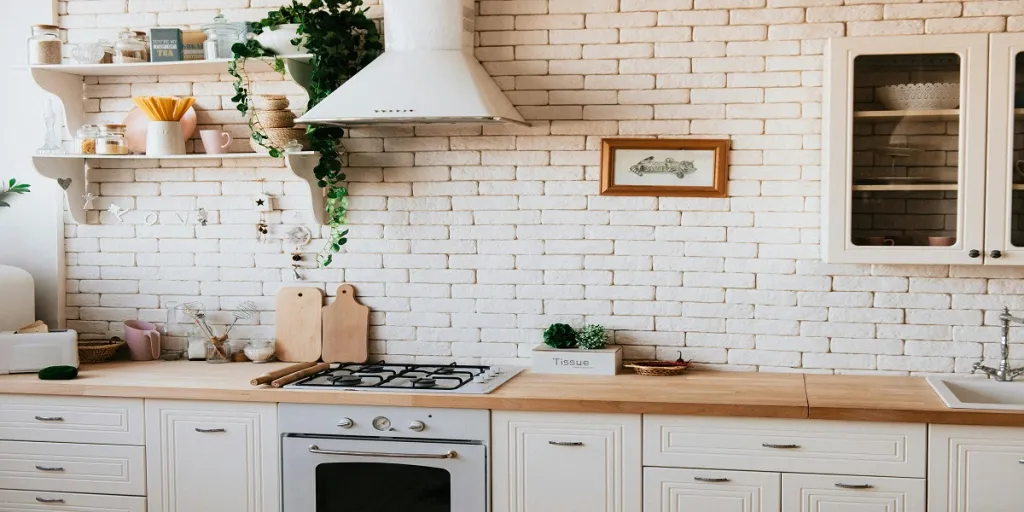Table des matières
● Introduction
● Aperçu du marché
● Différents types de rideaux de douche
● Éléments à prendre en compte lors de la sélection des produits
●Conclusion
Introduction
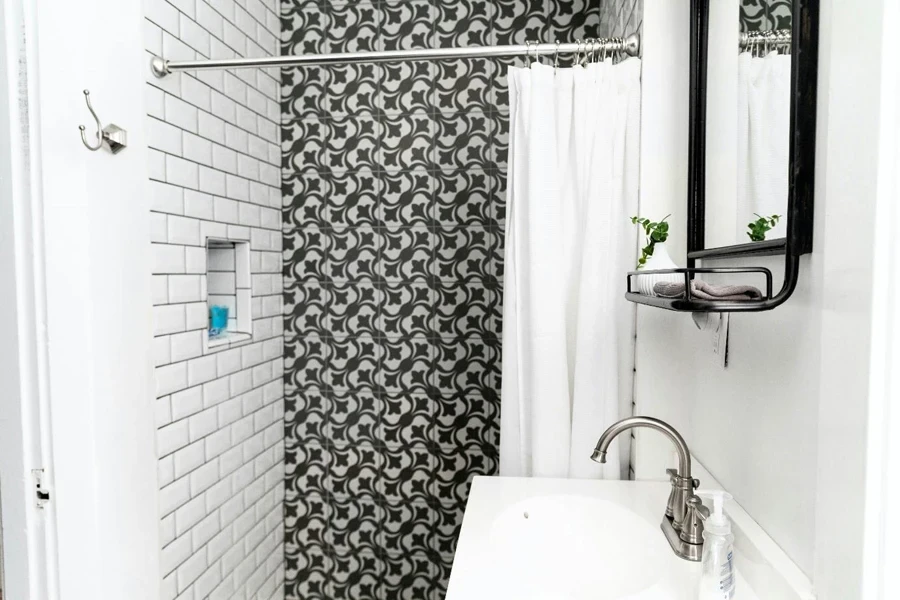
L'amélioration de la décoration et de la fonctionnalité d'une salle de bains commence par la sélection du rideau de douche idéal, un élément influencé par les tendances du marché et les innovations matérielles. Le marché des rideaux de douche, qui devrait connaître une croissance significative, met l'accent sur la durabilité et les fonctionnalités avancées telles que les revêtements antibactériens. Différents types, du vinyle au coton luxueux, offrent divers avantages, répondant aux besoins d'esthétique et de praticité. Comprendre les considérations clés telles que la taille, le choix des matériaux et l'entretien peut guider les entreprises dans la prise de décisions éclairées. Cet article se penche sur ces aspects pour vous aider à choisir le rideau de douche idéal pour n'importe quelle salle de bain.
Aperçu du marché

Échelle et croissance du marché
Le marché des rideaux de douche connaît une croissance substantielle, avec une valorisation de 24 milliards USD en 2023, qui devrait atteindre 151 milliards USD d'ici 2030, ce qui reflète un taux de croissance annuel composé (TCAC) de 30.5 %. Cette forte croissance est due à la demande croissante d'accessoires de salle de bains qui allient fonctionnalité et attrait esthétique. Le marché englobe une large gamme de produits répondant aux diverses préférences des consommateurs, des modèles utilitaires de base aux options de luxe haut de gamme. Ce large spectre garantit que les secteurs résidentiel et commercial, tels que les hôtels et les centres de fitness, sont bien servis, contribuant ainsi à l'expansion globale du marché.
Changement de tendances
La dynamique du marché évolue, mettant l’accent sur la nécessité de produits durables et innovants. On observe une préférence croissante pour les rideaux de douche fabriqués à partir de matériaux respectueux de l’environnement comme le polyester recyclé et le PEVA, qui non seulement offrent une durabilité mais séduisent également les consommateurs soucieux de l’environnement. En outre, la demande de rideaux de douche antibactériens et résistants à la moisissure augmente, stimulée par une sensibilisation accrue à l’hygiène et à la santé. Ces tendances indiquent une évolution significative vers des matériaux personnalisables et respectueux de l’environnement, qui deviennent des différenciateurs clés sur le marché.
Différents types de rideaux de douche
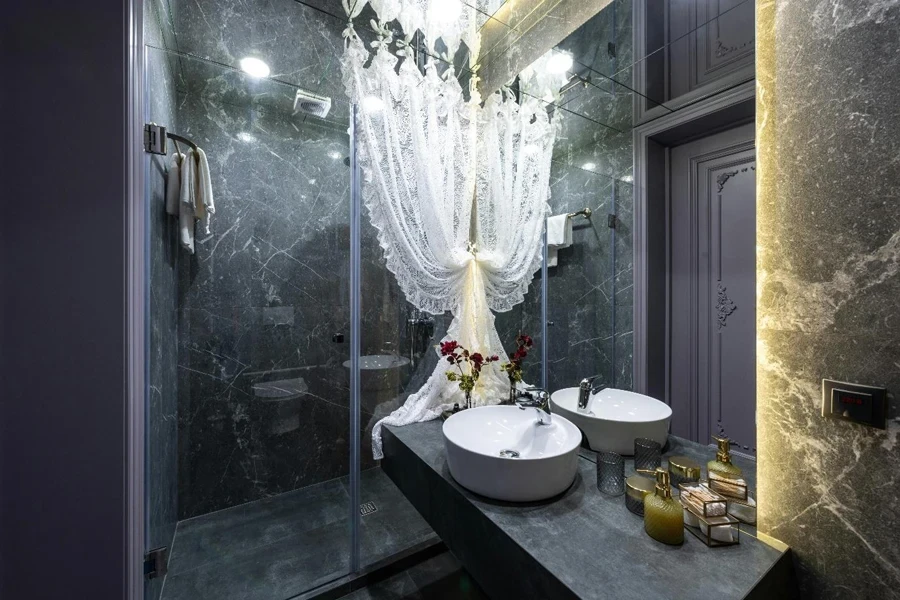
Rideaux de douche en vinyle
Les rideaux de douche en vinyle sont un choix populaire en raison de leur faible entretien et de leur rentabilité. Fabriqués en polychlorure de vinyle (PVC), ces rideaux sont intrinsèquement hydrofuges, ce qui les rend idéaux pour prévenir la moisissure, qui sont des problèmes courants dans les salles de bains. Les rideaux en vinyle ont souvent une épaisseur mesurée en jauges, avec une plage typique de 4 à 8 jauges, garantissant la durabilité tout en restant flexibles. Ces rideaux sont faciles à nettoyer, ne nécessitant souvent qu'un simple essuyage avec un chiffon humide ou une solution détergente douce. Cependant, ils ont tendance à avoir une sensation moins luxueuse par rapport aux options en tissu, ce qui peut ne pas plaire à ceux qui recherchent une esthétique plus haut de gamme dans la décoration de leur salle de bain.
Rideaux de douche en coton
Les rideaux de douche en coton offrent une polyvalence de conception et une facilité d'entretien, ce qui en fait une option préférée pour beaucoup. Généralement fabriqués à partir de 100 % coton ou d'un mélange coton-polyester, ces rideaux offrent une sensation douce et naturelle. Ils sont disponibles dans une large gamme de fils au pouce, de 200 à 800, affectant leur texture et leur durabilité. Les rideaux en coton ajoutent une touche de style et offrent une sensation de confort et d'élégance. Cependant, ils absorbent l'humidité, ce qui nécessite l'utilisation d'une doublure en vinyle ou en polyester pour empêcher l'eau de s'infiltrer. Malgré cet inconvénient, leur attrait esthétique et leur confort l'emportent souvent sur la nécessité de doublures supplémentaires, en particulier avec des coutures renforcées et des traitements anti-moisissure qui améliorent leur fonctionnalité.
Rideaux de douche décoratifs
Les rideaux de douche décoratifs sont fabriqués à partir de tissus luxueux tels que la soie synthétique, le lin ou le jacquard, souvent ornés de volants, de paillettes ou de broderies. Ces rideaux sont idéaux pour les salles de bains d'invités ou pour ceux qui privilégient le style à la fonctionnalité. L'utilisation de matériaux haut de gamme et de motifs complexes, tels que des tissages jacquard détaillés avec des motifs en relief sur le tissu de fond, ajoute une touche d'élégance à toute salle de bains. Cependant, ces rideaux nécessitent un entretien plus important et doivent être associés à des doublures fonctionnelles pour les protéger de l'humidité et de la moisissure. Les soins supplémentaires nécessaires pour maintenir leur apparence, y compris le nettoyage à sec ou le lavage délicat, sont un compromis pour leurs avantages esthétiques.
Rideaux de douche sans crochets
Les rideaux de douche sans crochets offrent un look moderne et épuré avec des anneaux intégrés ou des trous pour œillets, éliminant le besoin de crochets ou d'anneaux séparés. Généralement dotés de doublures à encliquetage et d'anneaux intégrés fabriqués à partir de matériaux durables comme l'acier inoxydable ou le plastique ABS, ces rideaux sont conçus pour être faciles à installer et à utiliser. Les trous pour œillets sont souvent renforcés pour éviter les déchirures, garantissant ainsi leur longévité. Ils sont disponibles dans divers matériaux, notamment le PEVA, une alternative au vinyle non chloré plus écologique, et des options de tissu avec des revêtements hydrofuges. Cependant, les options de conception des rideaux sans crochets sont plus limitées par rapport aux rideaux traditionnels, ce qui peut restreindre les choix pour ceux qui recherchent des styles ou des motifs spécifiques. Malgré cette limitation, leur facilité d'utilisation, leur installation rapide et leur esthétique contemporaine en font un choix populaire.
Éléments à considérer lors de la sélection des produits
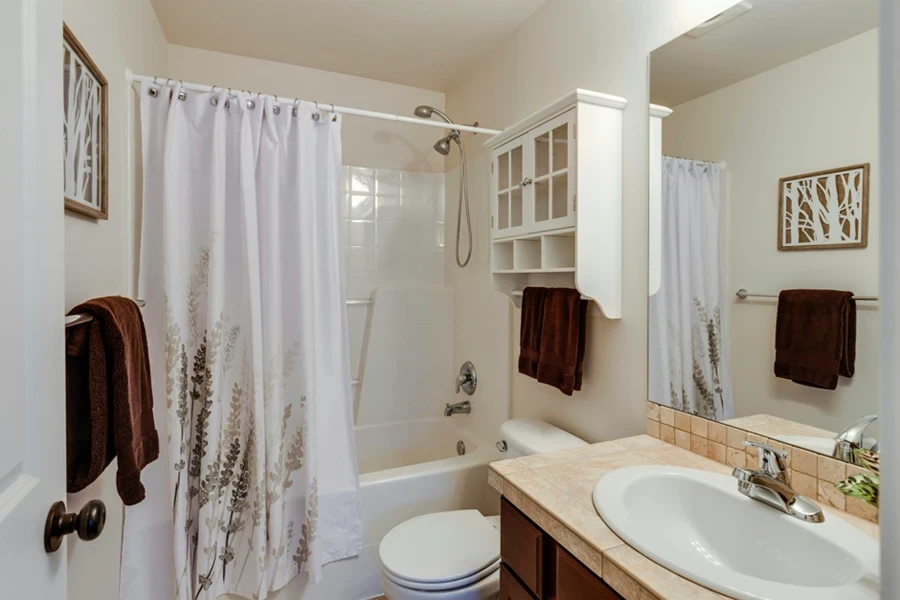
Taille et coupe
Choisir la bonne taille de rideau de douche est crucial pour la fonctionnalité et l'esthétique. Pour mesurer correctement la surface de votre douche, commencez par mesurer la largeur d'une douche d'un mur à l'autre et ajoutez 12 pouces pour assurer un jeu adéquat. Pour la hauteur, mesurez de la tringle au sol et soustrayez environ 8 à 10 pouces pour tenir compte des anneaux de rideau. Cela garantit que le rideau est correctement suspendu sans traîner sur le sol. Les tailles standard de rideau de douche incluent généralement 70 x 70 pouces ou 70 x 72 pouces pour les douches standard, tandis que les options extra hautes ou larges peuvent mesurer respectivement 72 x 84 pouces ou 144 x 72 pouces.
Choix du matériau
Le choix du bon matériau a un impact sur l'entretien, le coût et l'esthétique. Les rideaux de douche en vinyle nécessitent peu d'entretien, sont hydrofuges et économiques, ce qui les rend idéaux pour prévenir la moisissure. Ils sont faciles à nettoyer et durables. Les rideaux en coton, quant à eux, offrent des designs polyvalents et une sensation plus luxueuse, mais nécessitent une doublure pour empêcher l'absorption d'humidité. Les matériaux écologiques comme le polyester recyclé et le PEVA deviennent populaires en raison de leur durabilité et de leur résistance. Ces tissus innovants comprennent souvent des propriétés antibactériennes et résistantes à la moisissure, améliorant l'hygiène et la longévité.
Design et style
Le design et le style sont des éléments essentiels à prendre en compte pour s'assurer que le rideau de douche complète la décoration générale de la salle de bain. Les rideaux de couleur unie offrent un aspect subtil et discret, tandis que les rideaux à motifs peuvent servir de point focal, ajoutant un intérêt visuel à l'espace. Il est important de choisir des motifs qui s'harmonisent avec la palette de couleurs et le style de la salle de bain. De plus, les finitions supérieures comme les boutonnières et les œillets affectent à la fois le processus d'installation et l'apparence du rideau. Les boutonnières nécessitent des anneaux séparés, ce qui peut ajouter à l'esthétique mais aussi augmenter l'entretien. Les œillets offrent un aspect épuré et sont souvent plus faciles à installer et à entretenir.
Entretien et durabilité
Un entretien approprié prolonge la durée de vie d'un rideau de douche et lui permet de conserver son aspect neuf. Les rideaux en tissu doivent être lavés au moins une fois par saison, à l'eau froide ou tiède et avec un détergent doux, et peuvent être séchés au sèche-linge à basse température. Les rideaux en vinyle peuvent être nettoyés avec une solution détergente douce ou vaporisés avec un mélange vinaigre-eau pour éviter l'accumulation de moisissures et de résidus de savon. La durabilité est renforcée par des caractéristiques telles que des ourlets renforcés, qui empêchent les déchirures, et des traitements anti-moisissures qui inhibent la croissance de la moisissure. Le choix de rideaux avec ces facteurs de durabilité garantit des performances durables et réduit le besoin de remplacements fréquents.
Pour aller plus loin
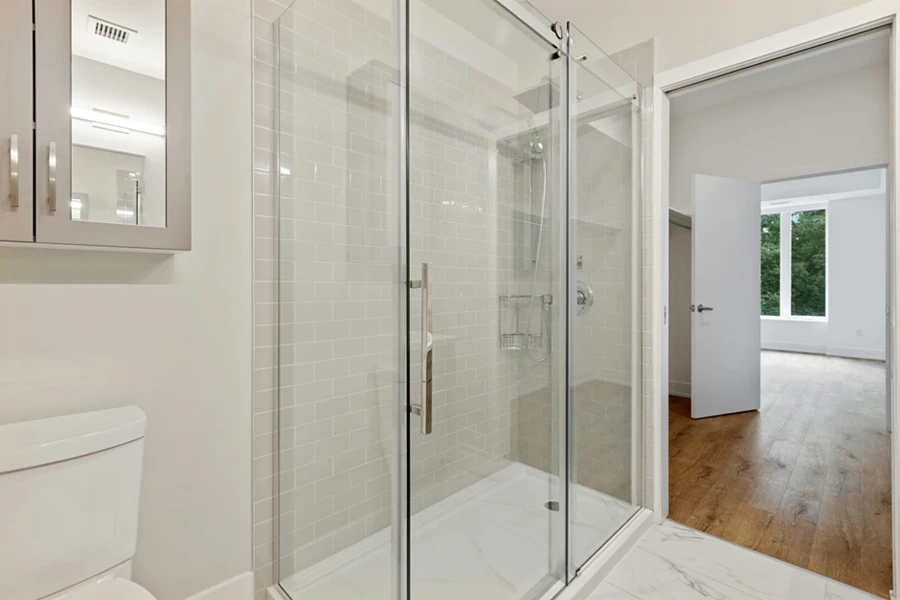
Choisir le bon rideau de douche implique de trouver un équilibre entre le style, la fonctionnalité et les besoins d'entretien. Un rideau bien choisi peut améliorer la décoration de la salle de bain tout en offrant des avantages pratiques tels que la résistance à l'eau et la facilité de nettoyage. En prenant en compte des facteurs tels que la taille, le matériau, le design et la durabilité, les entreprises peuvent s'assurer qu'elles proposent des produits qui répondent aux diverses préférences des consommateurs et transforment les salles de bain en espaces élégants et pratiques.

